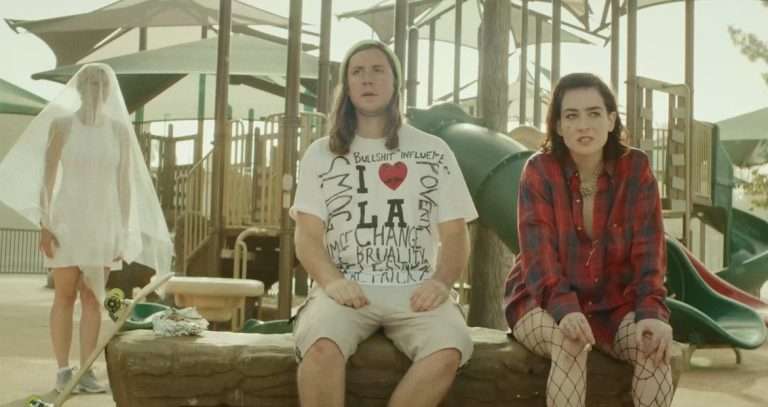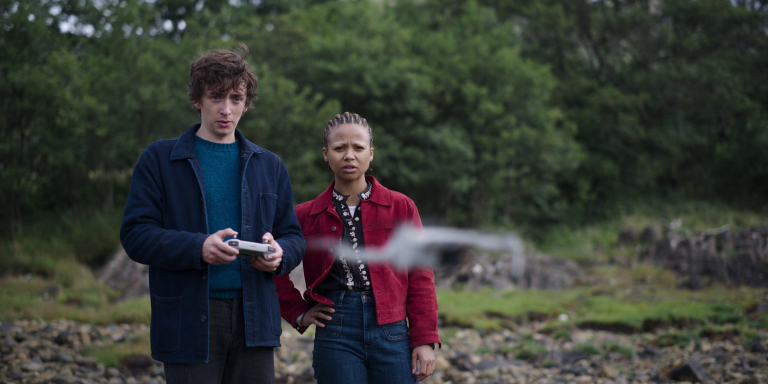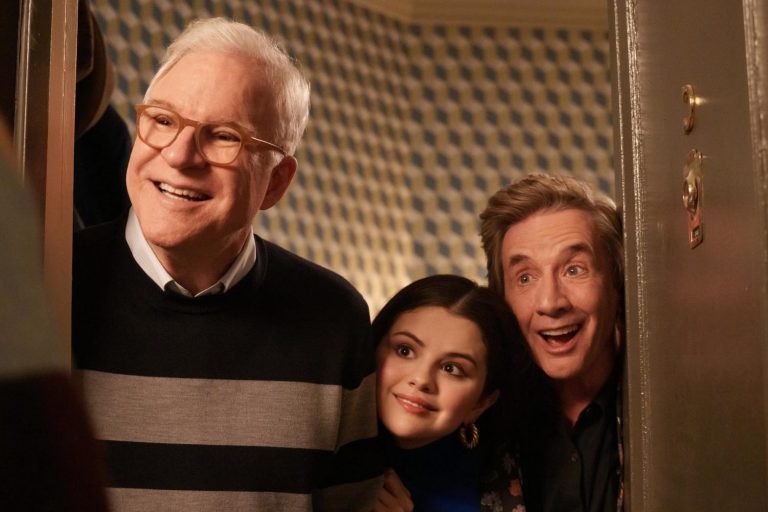Trainwreck: Woodstock ’99 (2022) Documentary Explained: It is important to begin by saying that growing up when I did, in the 2000s, and learning about pop culture and music in a country belonging to the Global South, I had never heard of the Woodstock concerts and the incidents that took place in their aftermath. I was also not aware of the popular bands from the 90s and have never indulged in them since I started listening to music. Later, when I have come to hear, read, and understand more about the incidents that took place around Woodstock’99, a music festival that was heralded with a noble intention but soon became a mortuary of chaos, I have been horrified and equally fascinated (to tell the least). The Netflix 2022 documentary series, Trainwreck: Woodstock’99 helps piece the puzzle together and answers the question that plagues the web, “What exactly happened at the Woodstock’99 music festival?” It lays out a clear-cut structure of storytelling, as most Netflix documentary series are prone to doing, and goes about it by embroidering personal accounts with real-time footage available from the scene of action. It also brings into question the ugly truths behind the glitzy glamour of a music festival, which is thronged by young people and old, primarily music lovers, in search of a good time.
Woodstock’69: A Brief History
The first Woodstock music festival, originally known as the Woodstock Music and Art Fair, took place between August 15 and August 17, 1969, at Bethel, New York. It was a dairy farm of Max Yasgur that hosted this festival, and amidst protests against it, almost half a million people had turned up here. The festival is said to have brought together a sea of music lovers, who further bonded on psychedelics and copious amounts of marijuana, and featured some of the most memorable performances by Stills and Nash, Cosby, Hendrix, and Santana. It has become enshrined as a defining moment in American pop culture and music history and an event to highlight the counterculture generation of the 1960s. Its importance was furthered by the award-winning documentary film, Woodstock (1970), directed by Michael Wadleigh. It was popularly recognized as ‘3 Days of Peace and Music’, and several attempts have been made to revive the festival in all its glory and spirit. The Woodstock Music Festival, 1999 was a similar effort that quickly disintegrated under the weight of capitalistic malpractices, ignorance on behalf of the organizers, and the spirit of the age.
Why was Woodstock’99 a Failure?
In the first episode of the three-part documentary, we are introduced to the foundational reason behind Woodstock’s failure. It took place in a deserted, non-functional air base, the Gruffiss Air Force Base, instead of its precursor, which took place in a dairy farm surrounded by greenery. The organizers had decided to build a barricade around the base to keep away the freeloaders. It was late July (22nd to 25th, to be precise), and the scorching sun, flaring temperatures, and lack of shade to keep the attendees cool were a cause of distress among the majority of the people. Everyone who entered the venue had their food and water bottles were taken away. There were sponsors at the venue who sold a bottle of water for as high as four dollars, climbing up to twelve dollars by the end of the third day, leaving most attendees grumbling. There was an unthoughtfully inadequate number of waste bins to accommodate the plastic waste generated by around half a million attendees. The stalls erected for cleaning and washing themselves also fell short. The quality of hygiene at the festival started to dip lower every hour of every day, leading to the discovery of widespread contamination of the water by germs and impurities from feces, according to the samples collected from the site. Most of the attendees started to fall sick.

No matter this, we continue to hear the ignorance of what trespassed in the voices of the organizer and the promoter, Michael Lang and John Scher. They lie shamelessly in front of the press about the successful ongoing of the festival and tell everyone that things were under control when they clearly were slush. Even though they knew that the crowd was agitated and exhausted on the third day, to drive home the idea that Woodstock’99 was a revival of the Woodstock’69 in spirit, they handed them candles – the reason for the fires that started at the venue.
Woodstock’99 Performances: Limp Bizkit, Fatboy Slim, and Others
The crowd wanted to bask in the musical performances of the pop culture favorites from the 90s, and Woodstock’99 made sure that they get enough of these legendary performances on the stage. The audience witnesses the many real-time clips from these performances at the festival, enough to tell us that not all things went down well with them. One of the first instances is when Sheryl Crow is asked to bare her breasts during her performance. Since there already were too many nudists and flashers in the crowd, the audience perhaps thought heckling an artist would do them good. Crow shows her patience with the crowd, but they don’t really deserve it. More of these shocking insights about the star performances follow. Some of them took to their heels to flee from the venue as fast as they could, and Fatboy Slim’s performance was called off in a moment of panic by the organizers. The documentary series can start to appear a little superficial at this point since it focuses so much on the situations leading up to the discomfort of the music festival attendees, that it forgets to dive into the behind-the-stage realities of artists, their management at such festivals, and the treatment meted out to them. Despite the flaw, we can faithfully assume that some of these artists contributed to the adrenaline rush of the crowd, even tempting them into violence and vandalism.
Concluding Thoughts on Trainwreck: Woodstock’99
In the aftermath of the Woodstock’99 Music Festival, several people were left diseased, the site had been ravaged by the crowd and the fire, and multiple complaints of sexual abuse and harassment were lodged with the police. By the time you reach the end of the documentary series, you are almost gasping for breath. It is no less than a disaster movie on the screen, only bringing into question what the reality of it must have looked like on the premises. Besides, how could a festival that attempts to unite the crowd in love, light, and peace of music start to appear like a rave party for the youth? It is not the organizers alone who were responsible for the rampage; the crowd too was unruly, intoxicated, and misogynistic. It brings into question how music and the listeners’ penchant for it had undergone a change in the three decades between the original festival and one of its many renditions. But most importantly, it made me wonder about the grim realities of performers and their management at musical festivals since these festivals continue being conducted, attended, and loved by people all around the planet.









